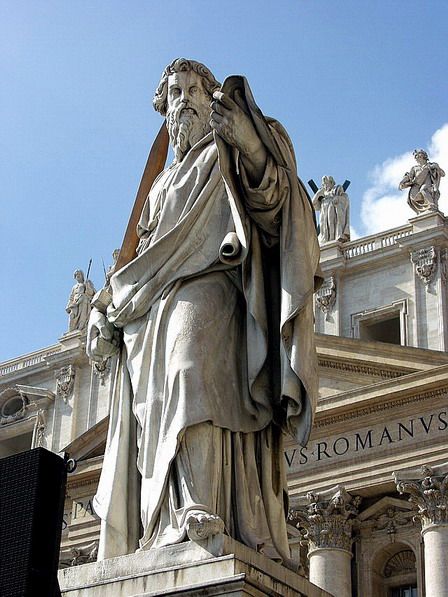EyeReport, Italy - The Vatican, in Christianity, the disciples were the students of Jesus during his ministry. While Jesus attracted a large following, the term "disciple" is commonly used to refer specifically to the Twelve Apostles, an inner circle of men whose number perhaps represented the twelve tribes of Israel. In addition to the Twelve, the canonical gospels and the Book of Acts refer to varying numbers of disciples that range between 70 and 120 to a "growing multitude". Jesus controversially accepted women and sinners (those who violated purity laws) among his followers, although it is not clear whether they were disciples. In the book of Acts, the Apostles (those sent by Jesus) themselves have disciples. The word "disciple" is used today as a way of self-identification for those who seek to learn from the teachings of Jesus, such as the Sermon on the Mount. Several disciples are historical figures, notably Peter, James and John, the "pillars of the Jerusalem church" according to Paul of Tarsus. The canonical gospels name Peter as the first among the disciples, the first to name Jesus the Messiah, and called to feed Jesus' sheep. Paul named him the "Apostle to the Jews", as Paul claimed the title "Apostle to the Gentiles", although it was Peter who first baptised a Gentile, Cornelius the Centurion. John's tradition was strong in Asia Minor, where the Gospel of John was likely composed. In the synoptics, Peter, James and John witness Jesus' transfiguration. Thomas is associated with a sayings tradition that features gnostic elements, and he appears in John as "doubting Thomas." The gospels of Matthew and John have traditionally been attributed to these disciples (see Aramaic Matthew and Signs Gospel for suggested source documents), and the Gospel of Mark was associated with Peter's teaching, although modern scholars generally take these gospels as anonymous.

